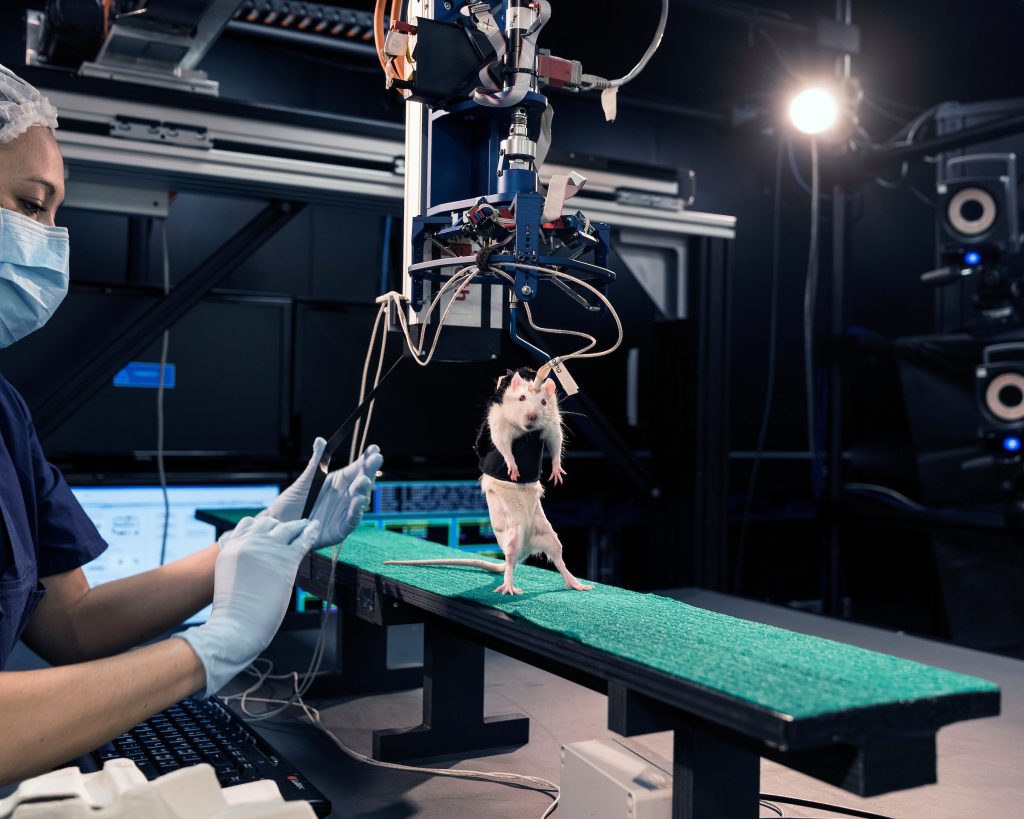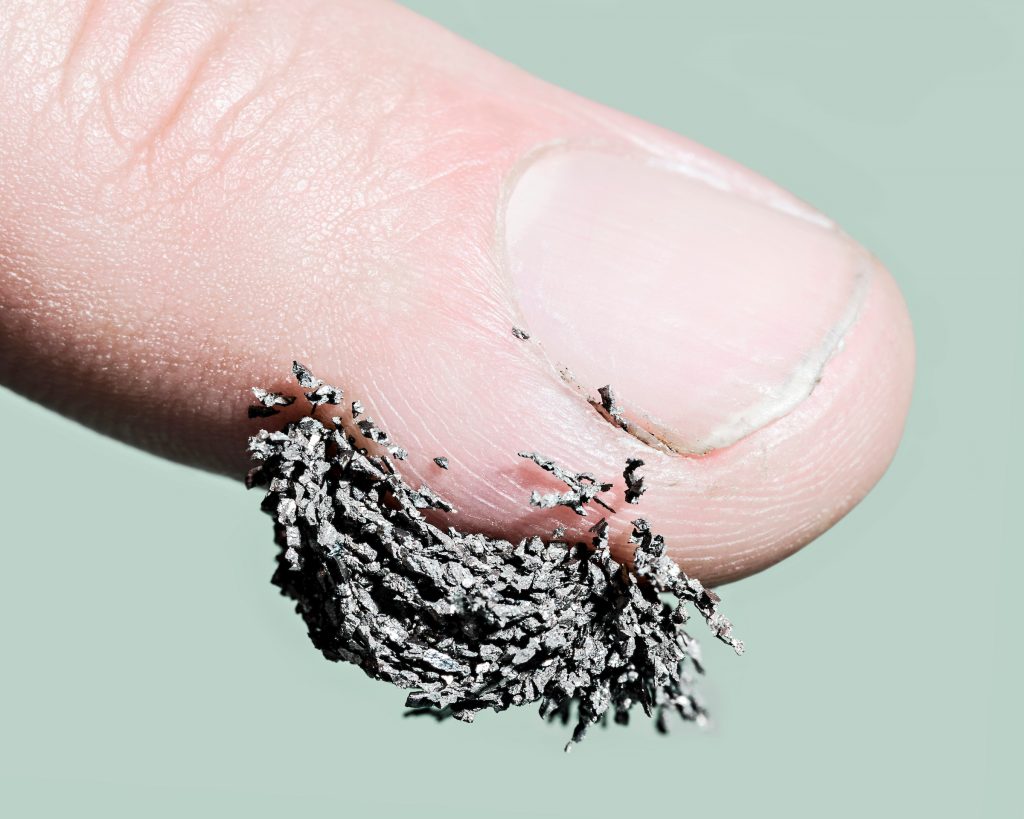by Claudia Stritof
_
“If each instrument could perform its function either at a command or by anticipating it, masters would not need slaves.” So wrote Aristotle in the fourth century BC. A thought about a society far from ours, but almost a prophecy of the technological development that occurred later: just think of the inauguration in 2015 of the Henn-na Hotel in Japan, managed almost entirely by robots.
Nowadays, we no longer talk about being online/offline, in fact the continuous interaction between actual reality and virtual reality has created a habitat in which we are constantly connected, that’s why the professor of philosophy and ethics of information of the University of Oxford, Luciano Floridi, coined a neologism: onlife.
The disappearance of the separation between analogue and digital has affected various fields, from science to literature, so much so that, already in 1956, the London exhibition This is Tomorrow highlighted how the birth of the consumer society would change lifestyles and prophesied a future in which robots and humans would coexist. It is no coincidence that the image placed at the entrance of the exhibition depicted Robby, robot from the film The Forbidden Planet, the first in the history of cinema to respect the three laws of robotics by Isaac Asimov.

Technology has made unimaginable progress until now and robotics, cyborgs and artificial intelligence are ever-changing fields.
To take stock of the situation is the Swiss photographer Matthieu Gafsou in the H+ series, short for the term Transhumanism, “a cultural movement that aims to improve the cognitive, psychic and physical performance of man through the use of science and technology.”
A story that offers many opportunities of further study, which is why the photographer does not hesitate to give precise visual and textual references, important for understanding the complex theories that animate these studies.
The cognitive path, divided into six acts, begins in the eighteenth century, in fact, Gafsou portrays one of the first corsets used to treat posture problems created by the Swiss doctor Jean-André Venel, to then move on to respirators and incubators, up to – at the end of the first act – today’s bracelets used for measuring health parameters.
Among the fields of application of these technologies, there’s not only medicine, but also the beauty industry, which uses surgery to correct the flaws of the body, or the military field, in fact DARPA (Defense Advanced Research Projects Agency) is working on an exoskeleton capable of transforming a soldier into an enhanced man.
Transhumanists “say that […] apparently healthy bodies are sick and imperfect and that […] chemical implants or food supplements can be a way to achieve perfection.”

As Gafsou points out, nootropics, also known as smart drugs and smart nutrients, are substances that increase the cognitive abilities of man and, in addition to the usual supplements, we also find the so-called “total foods”, substitutes for the food that aim to preserve the integrity of the body.
According to the definition given by the World Health Organization (WHO) “health is a state of complete physical, mental and social well-being and not simply the absence of disease or infirmity”; a definition that blurs the boundary between repairing a damaged body and improving a healthy one.
Therapeutic implants or pacemakers are just some of the devices aimed at improving the health conditions of individuals; but things get complicated when Gafsou introduces the figure of Ray Kurzweil, Google’s executive technology director and author, among other important contributions, of The Singularity is Near, where the transhumanism guru predicts that the technological singularity will occur during the first half of this century, allowing us to improve our bodies and minds through technology.
“If we were machines, we would have the gift of eternal life”, wrote Douglas Coupland in 1995, but before going into this important chapter, there are other steps to be taken to understand how the approach to these devices has become increasingly totalizing.
Gafsou highlights how the launch of the first iPhone on the market in 2007 played a fundamental role in increasing our dependence on machines, so much so that today we consider smartphones as real memory prostheses, which we do not want to do without.
From external devices, going through virtual reality, to reach subcutaneous implants, the road is short, and in the body hacking manifesto, the artist Lukas Zpira, says: “activists practice, theorize and invent futuristic changes of the body […] made possible by constant curiosity about technological-medical discoveries.”
The body can and must be strengthened: Julien Deceroi has inserted a magnet into his finger to develop a new sense, many people wear subcutaneous microchips to store and recover remote data; Neil Harbisson, suffering from color blindness, has a prosthesis that converts colors into sound waves and Professor Kevin Warwick, called Captain Cyborg, is known for his studies on direct interfaces between computer systems and the human nervous system.

Gone the blurred boundary between real/virtual, the path to immortality seems to getting closer and a speech on Transhumanism would not be complete without quoting The Prospect of Immortality, a 1962 essay by Professor Robert Ettinger, who began to deal with hibernation in 1948. Through hibernation, Ettinger wants to free man from the restrictions that the biological body imposes, waiting for the day when science can awaken men from an eternal sleep, healing their diseases and giving them new life through technology.
The last photo of the H+ series portrays two identities of light, immaterial in their being, concrete in the materiality of the portrait. Looking at it, we think of the words written in 1859 by doctor Oliver Wendell Holmes where he questioned the nature of the images. As the expert Giovanni Fiorentino notes, Holmes makes a long reflection that goes back to the myth of Marsyas, a shepherd who challenged Apollo in the art of the flute and, once defeated, was skinned alive by the divinity, since in his personal interpretation “the shepherd loses his body, but acquires the essence of film. Apollo, the solar divinity, deprives him of bodily materiality to give him eternal life, made of light.”
With the birth of stereoscopic photography, Holmes noted how “we would be taken too far if we developed our considerations on future transformations that can be determined by man’s greatest success: the divorce of form and matter.”
Holmes could not have imagined the progress to come, but certainly, in the mid-nineteenth century, the doctor had already sensed the key point of important future reflections.
The book: Matthieu Gafsou, H+ Transhumanism(s), Kehrer Verlag, 2018.
To see the entire project: Matthieu Gafsou website / MAPS collective website.
July 9, 2020




